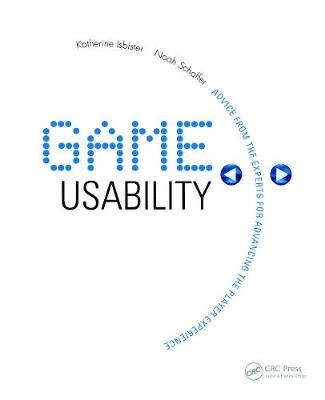Computers used to be for geeks. And geeks were fine with dealing with a difficult and finicky interface--they liked this--it was even a sort of badge of honor (e.g. the Unix geeks). But making the interface really intuitive and useful--think about the first Macintosh computers--took computers far far beyond the geek crowd. The Mac made HCI (human computer interaction) and usability very popular topics in the productivity software industry. Suddenly a new kind of experience was crucial to the success of software - the user experience. Now, 20 years later, developers are applying and extending these ideas to games.
Game companies are now trying to take games beyond the 'hardcore' gamer market--the people who love challenge and are happy to master a complicated or highly genre-constrained interface. Right about now (with the growth of interest in casual games) game companies are truly realizing that usability matters, particularly to mainstream audiences. If it's not seamless and easy to use and engaging, players will just not stay to get to the 'good stuff'.
By definition, usability is the ease with which people can emplo a particular tool in order to achieve a particular goal. Usability refers to a computer program's efficiency or elegance. This book gives game designers a better understanding of how player characteristics impact usability strategy, and offers specific methods and measures to employ in game usability practice. The book also includes practical advice on how to include usability in already tight development timelines, and how to advocate for usability and communicate results to higher-ups effectively.
1. AUTHORITATIVE: The book brings together the foremost experts in game usability, including great minds from Microsoft, Maxis, Sega, Ubisoft, Sony Online, Nintendo).
2. PRACTICAL: The book gives readers instantly applicable theory and tactics for designing game usability methods to improve and enhance games. Designers can pick methods to suit their needs (example Lazarro's 4 Fun Keys theory to help organize designer decisions.)
3. INSPIRING NEW TECHNIQUES: Contributors are at the vanguard of using physiological techniques (like measuring heart rate, tiny muscle movements, and so forth in players as they play) to measure success and game play experience - cutting-edge, future-facing techniques.
4. CAREER-ENHANCING: Suggestions included on selling usability to managers, and how best to report results.
Åtkomstkoder och digitalt tilläggsmaterial garanteras inte med begagnade böcker





















